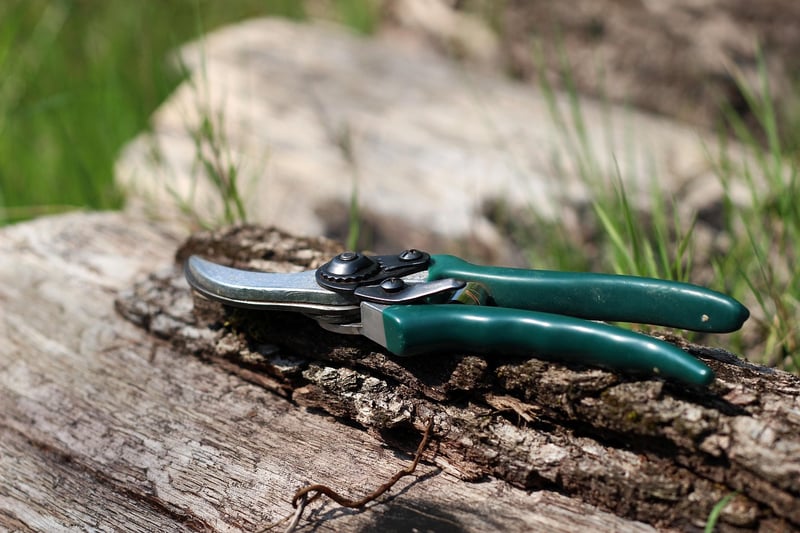Pruning Guide
Maintain Plant Health with Proper Pruning: A Complete Guide
Proper pruning is essential for maintaining the health and vitality of your plants. By correctly trimming your plants, you can promote growth, improve aesthetics, and prevent diseases. Follow this comprehensive guide to learn how to prune your plants effectively.
1. Why Pruning is Important
Pruning helps plants by removing dead or diseased branches, stimulating new growth, and shaping the plant for better structure and appearance. It also allows for better air circulation and sunlight penetration, reducing the risk of fungal infections.
2. When to Prune
Pruning timelines vary depending on the type of plant. In general, it's best to prune flowering shrubs right after they bloom, while winter is an excellent time to prune dormant trees. Avoid pruning during extreme weather conditions or when the plant is stressed.
3. Tools for Pruning
- Sharp pruning shears
- Loppers for thicker branches
- Pruning saw for larger branches
- Gloves to protect your hands
4. How to Prune
Start by removing dead or damaged branches. Make clean cuts at a 45-degree angle just above a bud or branch junction. Avoid leaving stubs as they can invite disease. For overgrown plants, use the 3-cut method to prevent tearing the bark.
5. Pruning Tips
- Prune regularly to maintain plant health
- Remove crossed branches to prevent rubbing and damage
- Step back occasionally to assess the plant's overall shape
- Consult a professional for complex pruning tasks
6. Benefits of Pruning
Pruning encourages strong, healthy growth, improves flowering and fruiting, enhances plant aesthetics, and reduces the risk of pest and disease infestations.
7. Conclusion
Proper pruning is a crucial aspect of plant care that directly impacts their health and longevity. By following the guidelines outlined in this pruning guide, you can ensure your plants thrive and remain vibrant for years to come.

Remember, each plant species may have specific pruning requirements, so it's essential to research and understand the needs of your individual plants before pruning. With the right tools and techniques, you can master the art of pruning and enjoy a flourishing garden.
For more detailed pruning instructions tailored to specific plant types, consider consulting gardening books, online resources, or local horticulturists for personalized advice.
